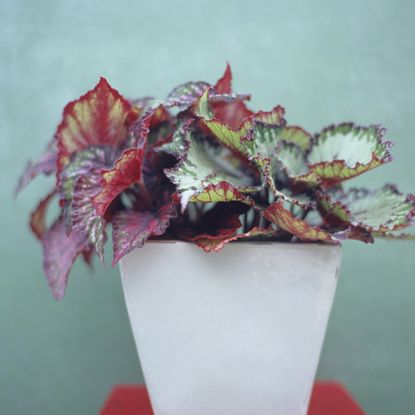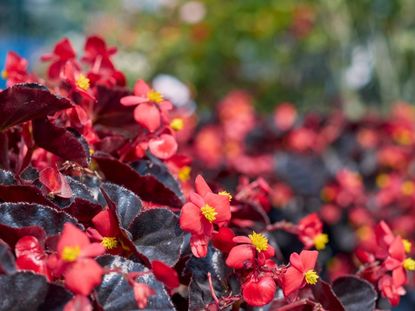Begonias
Begonias are a great way to brighten up both the home and garden. Taking care of begonias is easy, especially when you have the right begonia care information on hand. While some types of begonia are grown for their flowers, others are grown for their foliage. To take advantage of either, use the following tips on growing begonias to ensure the best results.
-
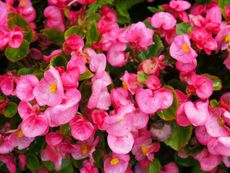
How To Propagate Begonias The Right Way, According To Pros
Once you know how to propagate begonias you’ll never want to stop multiplying these beauties for houseplants or outdoor borders and beds.
By Jackie Rhoades
-
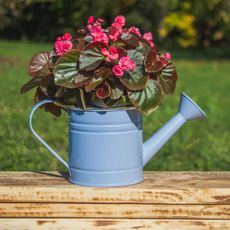
Begonia Watering: How To Water Begonias (And When To Leave Them Alone!)
Improving the way you hydrate your begonias can have a major impact on their life expectancy and flowering quality. We explain how to get better at begonia watering
By Tonya Barnett
-
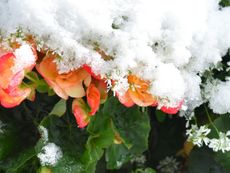
Wintering Begonias: Overwintering A Begonia In Cold Climates
Begonias love warm weather, but it's possible to keep them alive through winter if you do it right.
By Nikki Tilley
-
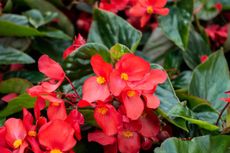
Wax Begonia Care - How To Grow Annual Begonias
Annual begonias are a great addition to any shade garden. Click here to learn how to grow them the right way.
By Becca Badgett
-
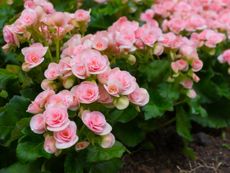
Tuberous Begonia Care - How To Grow Tuberous Begonias
If you can't decide what to plant in that protected, semi-shady corner, you can't go wrong with tuberous begonia. Click here for more.
By Mary H. Dyer
-
Begonia Root Knot Nematodes – Tips On Preventing Begonia Nematodes
Begonia root knot nematodes are rare but can occur where un-sterile soil is used for the plants. Once the plant has them, the visible portion of the plant will decline and could die. Luckily, preventing begonia nematodes is easy and starts at planting. Learn more here.
By Bonnie L. Grant
-
What Is Begonia Pythium Rot – Managing Begonia Stem And Root Rot
Begonia stem and root rot, also called begonia pythium rot, is a very serious fungal disease. If your begonias are infected, the stems become waterlogged and collapse. Click here for information about this disease and tips for treating begonia pythium rot.
By Teo Spengler
-
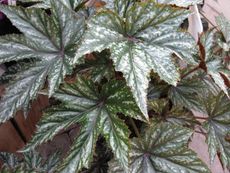
Gryphon Begonia Care: Tips On Growing Gryphon Begonias
There are over 1,500 species and over 10,000 hybrids of begonia in existence today. Talk about beaucoup (boo coo) begonia! New cultivars are added every year, including Gryphon begonia. So, what is a gryphon begonia? Learn more in this article.
By Shelley Pierce
-
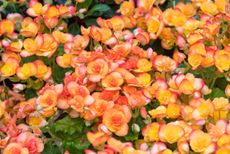
Do I Need To Prune A Begonia – Learn How To Prune Begonias
Many plant lovers have realized that instead of purchasing expensive begonia baskets each spring, they can overwinter them in greenhouses or as houseplants. Of course, overwintering begonia plants may require pruning. Learn how to prune begonias here.
By Darcy Larum
-
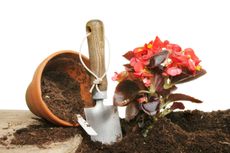
Repotting Begonias: Tips For Moving Begonia To A Bigger Pot
How do you know when to repot a begonia? It’s not always an easy decision, but at some point, repotting begonias is necessary to boost soil nutrients and aerate the soil. To learn more about repotting your begonia plants, click this article.
By Amy Grant
-
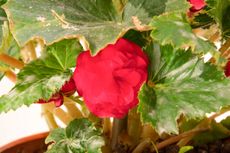
Begonia Leaves Are Curling: What Causes Curling Begonia Leaves
With all their beauty, it is easy to understand why many growers may become alarmed when they begin to notice changes in the appearance of their begonia plants. Curling begonia leaves are one example that can lead gardeners on a search for answers. Learn more here.
By Tonya Barnett
-
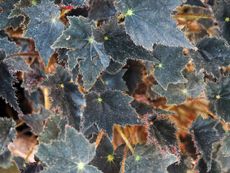
Growing Begonia Rhizomes – What Is A Rhizomatous Begonia
One of the more common types of begonias grown is the rhizomatous, or Rex begonia. Interested in growing begonia rhizomes? Click on the following article to learn how to grow rhizomatous begonias and about rhizomatous begonia care.
By Amy Grant
-
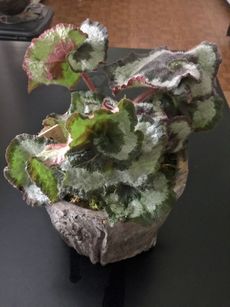
Growing Rex Begonias Indoors: Keeping A Rex Begonia Plant Inside
Rex begonia care indoors can be a little tricky, but it is certainly possible to grow beautiful specimens if you understand the plant’s needs. Take a look at the most critical elements of growing the rex begonia as houseplants in this article.
By Raffaele Di Lallo
-
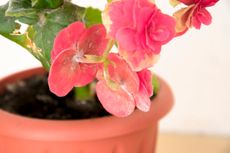
Begonia Powdery Mildew Control – How To Treat Begonia Powdery Mildew
Begonias are among the most popular of all annual flowers. Caring for begonias is pretty easy if you give them the right conditions, but watch out for signs of powdery mildew and know how to prevent and manage this disease. This article will help with that.
By Mary Ellen Ellis
-
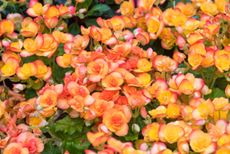
Begonia Botrytis Treatment – How To Control Botrytis Of Begonia
Begonias are healthy, low-care plants, but they are susceptible to a few fungal diseases like botrytis. Begonias with botrytis is a serious disease. For information about treating begonia botrytis and tips about how to avoid it, click on the following article.
By Teo Spengler
-
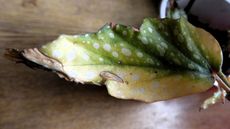
What Causes Begonia Leaf Spot: Treating Leaf Spots On Begonia Plants
Highly praised for their varying colors and textures, begonias offer a plethora of colorful flowers and waxy multi-colored foliage. It is easy to see why growers may have cause for alarm when their previously healthy plants begin to show signs of leaf spots. Learn more here.
By Tonya Barnett
-
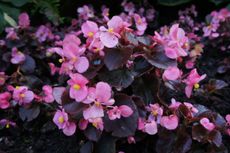
Begonia Aster Yellows Control: Treating Begonia With Aster Yellows
Begonias are fun to grow, yet not without their issues. One problem the grower may encounter is aster yellows on begonias. The following article contains information on how to identify a begonia with aster yellows disease and aster yellows control.
By Amy Grant
